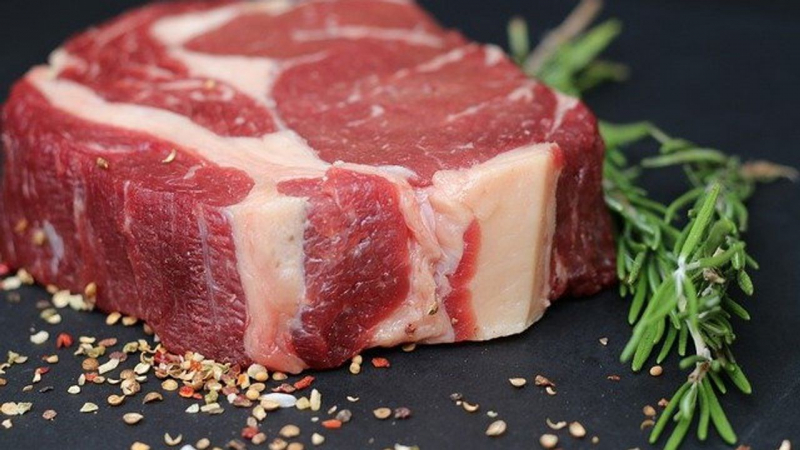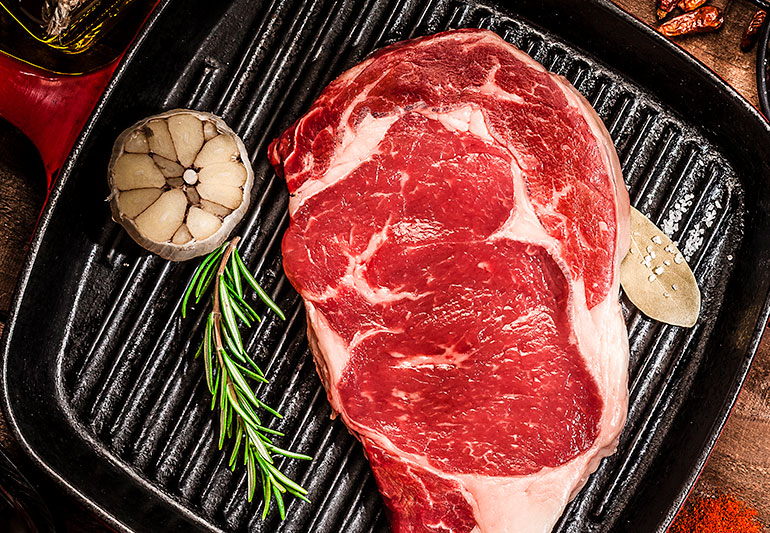Red meat

Though vitamin D is commonly found in milk, yogurt, and fortified juices, cooked meat, depending on the kind, can actually provide more of this essential nutrient. Although not all cooked meat includes significant quantities of vitamin D, eating the varieties that do can help you obtain the vitamin D you need to be healthy.
The following vitamin D concentration in various raw beef slices was found in the national food composition databases of Denmark, France, Germany, Switzerland, Canada, and the United States: Beef: 0.0–9.0 g/kg, pork: 1.0–23.0 g/kg, lamb: 1.0–61.0 g/kg, veal: 0.0–50.0 g/kg, poultry: 0.0–14.0 g/kg, and different meat products: 0.0–23.0 g/kg. Red meat, offal, and liver can supply supplemental vitamin D to people whose diets allow it. One 25g steak, for example, has about 15 IU of vitamin D, but 100g of braised beef ribs have about 27 IU. However, too much red meat may cause havoc on the stomachs, so be careful not to eat too much of it. It is suggested that people consume no more than 70g of red meat per day and 1.5mg of the liver (and liver paté) per day.











